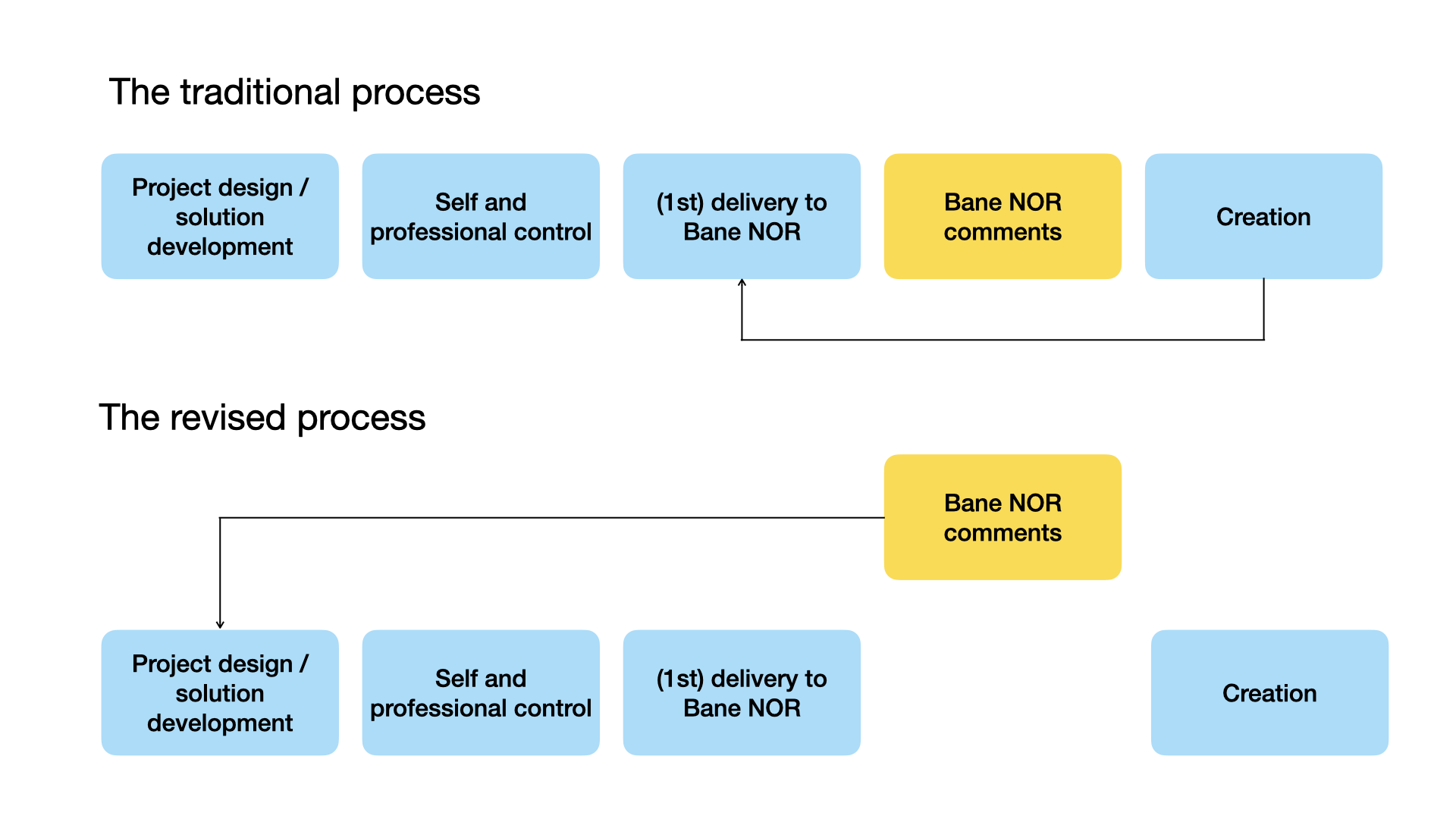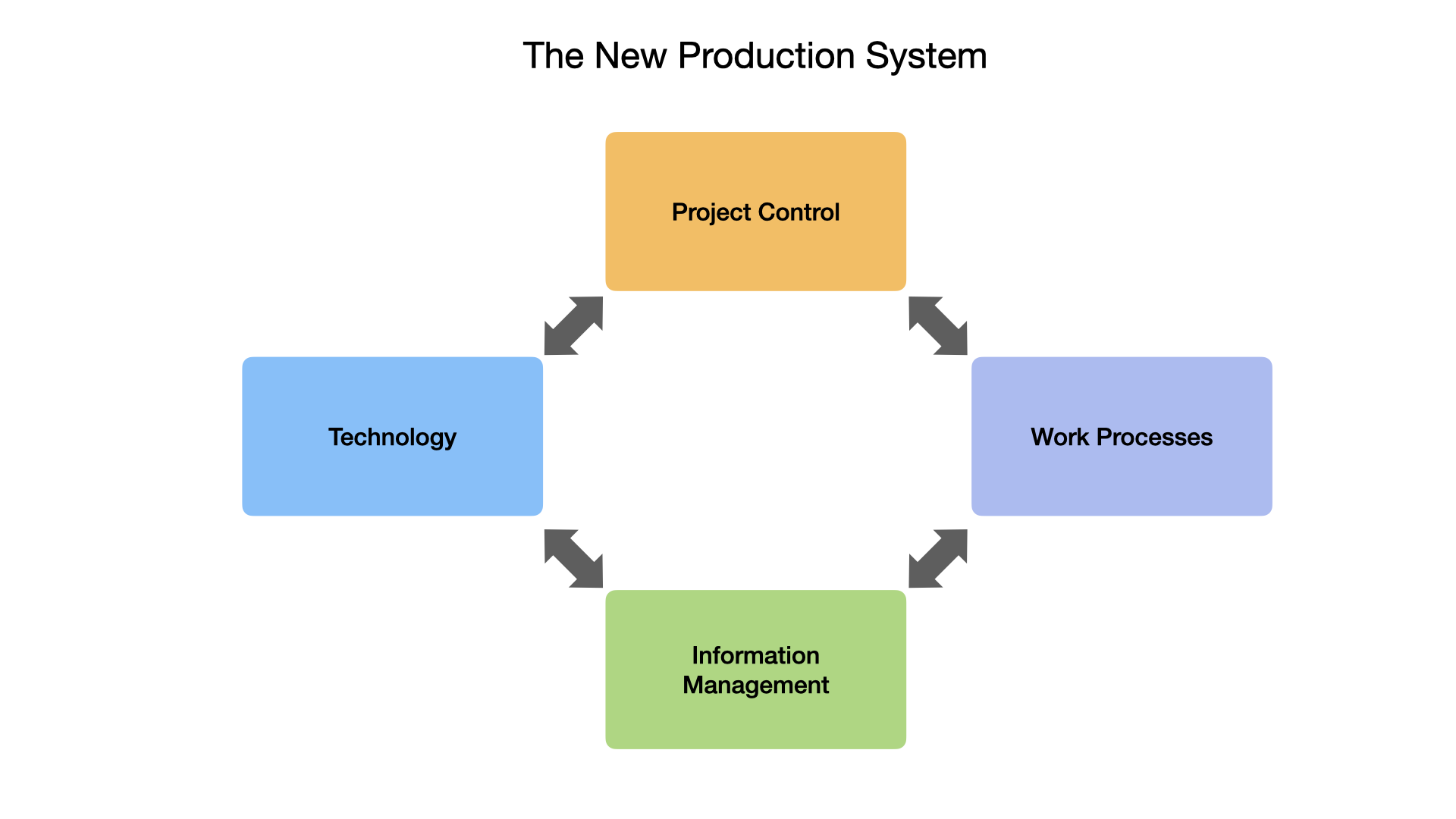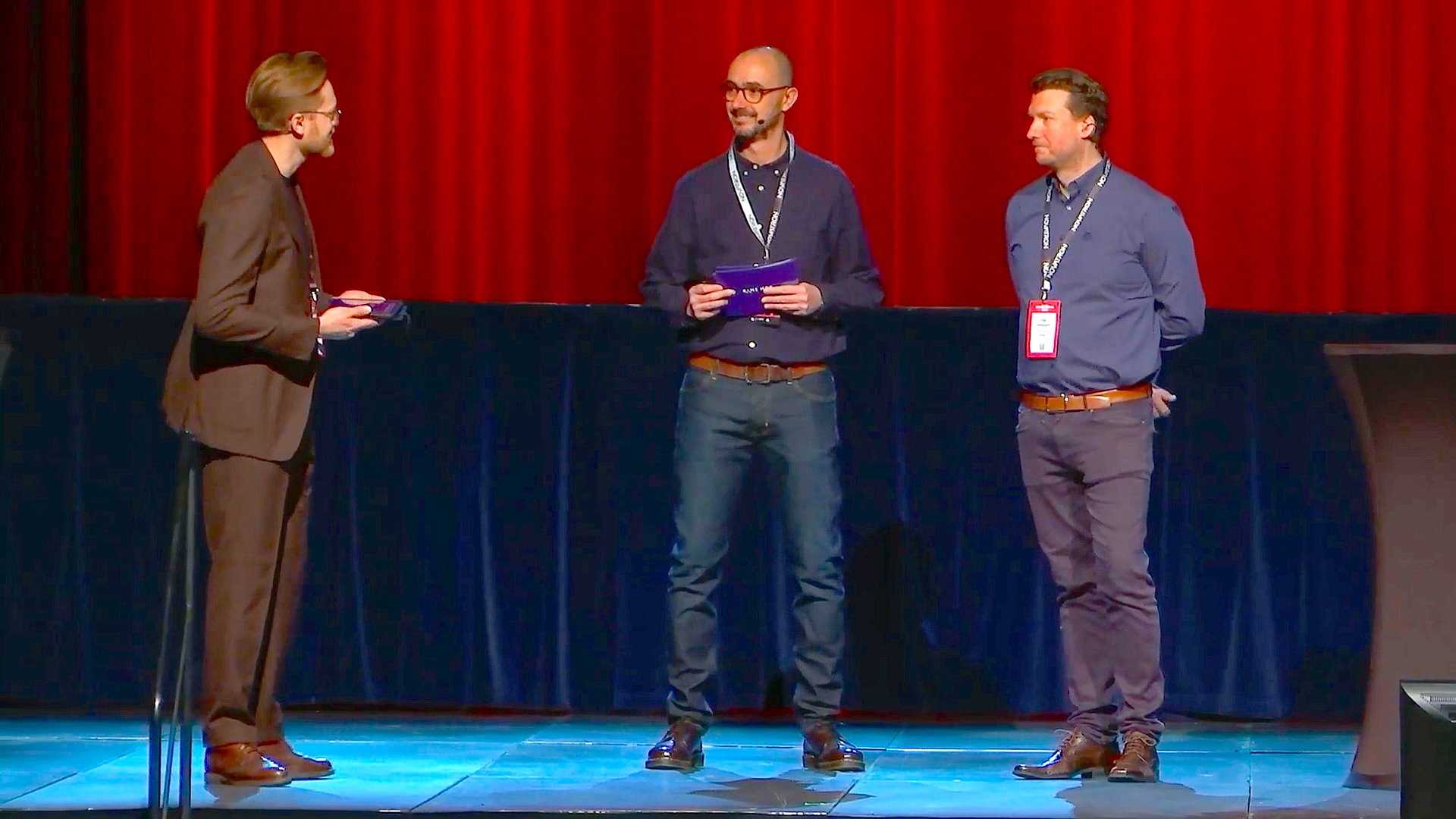We discuss standardizing design data, but standardizing project management is equally important, particularly in BIM-based projects. Bane NOR‘s Jorge Domenech and Norconsult‘s Inge Handagard presented at the InfraBIM Open 2025 conference in Tampere, Finland, highlighting a client-initiated approach to achieving this.
Bane NOR is Norway’s government agency responsible for operating, maintaining, and constructing railways and stations nationwide. The agency has been keen on digitalizing construction projects and has developed and implemented standards to increase data quality and consistency, automate manual work, improve security, and save time and money by reducing rework.
From BIM mandate to standardization
Over a decade ago, Bane NOR started requiring its suppliers to provide 3D models for their projects. In 2024, the agency launched KIM, an IFC 4.3-based BIM standard for naming model properties and attributes to make models more valuable. A few weeks ago, it also changed how it collaborates through BIM.
“Since we implemented BIM, we have been using the tools provided by the suppliers. It’s difficult for our resources working on different projects to become familiar with the different tools. There is also a lack of control over them, with limited access in most cases,” Jorge Domenech explained.
To address this dilemma, Bane NOR implemented Novorender, a visual platform that integrates with models from multiple formats. It provides a unified interface for the client and suppliers to view and manage models throughout the asset lifecycle.
Testing early involvement in a pilot project
Jorge and Inge presented a case study of Grorud Ventespor, a construction project to pilot next-generation VDC and a single source of truth principles. The project involves creating a siding track for Oslo’s Grorud station, incorporating over 15 engineering disciplines.
Traditionally, Bane NOR gives feedback on projects’ first design deliveries once they are completed, which can lead to changes and revisions. In the new model, the agency wants to be involved in project design and solution development at an early stage. This is possible through the collaborative use of standardized BIM.
Consequently, Bane NOR should be able to approve 80% of all document deliveries on the first attempt and have better control of the process and costs throughout the design phase.

Key methodologies and frameworks
The Grorud project implements several frameworks to make collaboration and control efficient:
- VDC—Virtual Design and Construction—is the overall framework for a digitalized project. It allows the participants to visualize and simulate the construction process, identify potential issues early, and improve overall project efficiency.
- PIM – Project Information Model as defined by the ISO 19650 standard. It is a single source for all project information and ensures consistency and accessibility.
- MMI – Model Maturity Index, a Norwegian equivalent of LODs. It is used to evaluate a BIM model’s accuracy and level of detail at different project stages.
- KIM – Bane NOR’s Requirements for Information Modeling ensures all data is standardized and meets the client’s quality criteria.
- ISO 19650 Requirements for Information Management
The project is divided into work packages, each with specific tasks or deliveries, and Information Delivery Milestones (IDM).
The implementation
Inge Handagard discussed the practical implementation of the methodologies in the project. He argued that the four main elements of project execution–project control, work processes, information management, and technology–are often unconnected and that different persons and organizations are responsible for them. The pilot project aims to integrate these areas.


Inge showed how, for example, the project schedule contains the work packages, IDMs, task teams, and deliveries. The deliveries are further broken down into a timeline, with the maturity of each delivery indexed by week. Combined with KIM, this enables the monitoring of design progress through model components.
The CDE, Common Data Environment, incorporates BIM and GIS viewers, file-sharing capabilities, visual project plans, automation, project dashboards, and others. Every piece of data is connected to a project data model that can be visualized on dashboards. They provide an up-to-date picture of the project based on various filters.
Jorge concluded that Bane NOR has achieved the 80% goal for revision-free deliveries, full transparency and searchability of the information, progress monitoring, minimized sources of information, and significant cost reductions.
The results
In the discussion that followed, the presenters assured that standardization is not about adding complexity or bureaucracy; it’s about removing inefficiencies.
PS: In the Nordics, governments are not just mandating BIM—they’re maximizing its value. They set a global benchmark for how the public sector can create a more efficient, transparent, and future-proofed built environment.
The title image: Ari Kopra (Kreate), Jorge Domenech (Bane NOR), and Inge Handagard (Norconsult) at InfraBIM Open 2025 in Tampere on February 5, 2025.
View the original article and our Inspiration here


Leave a Reply